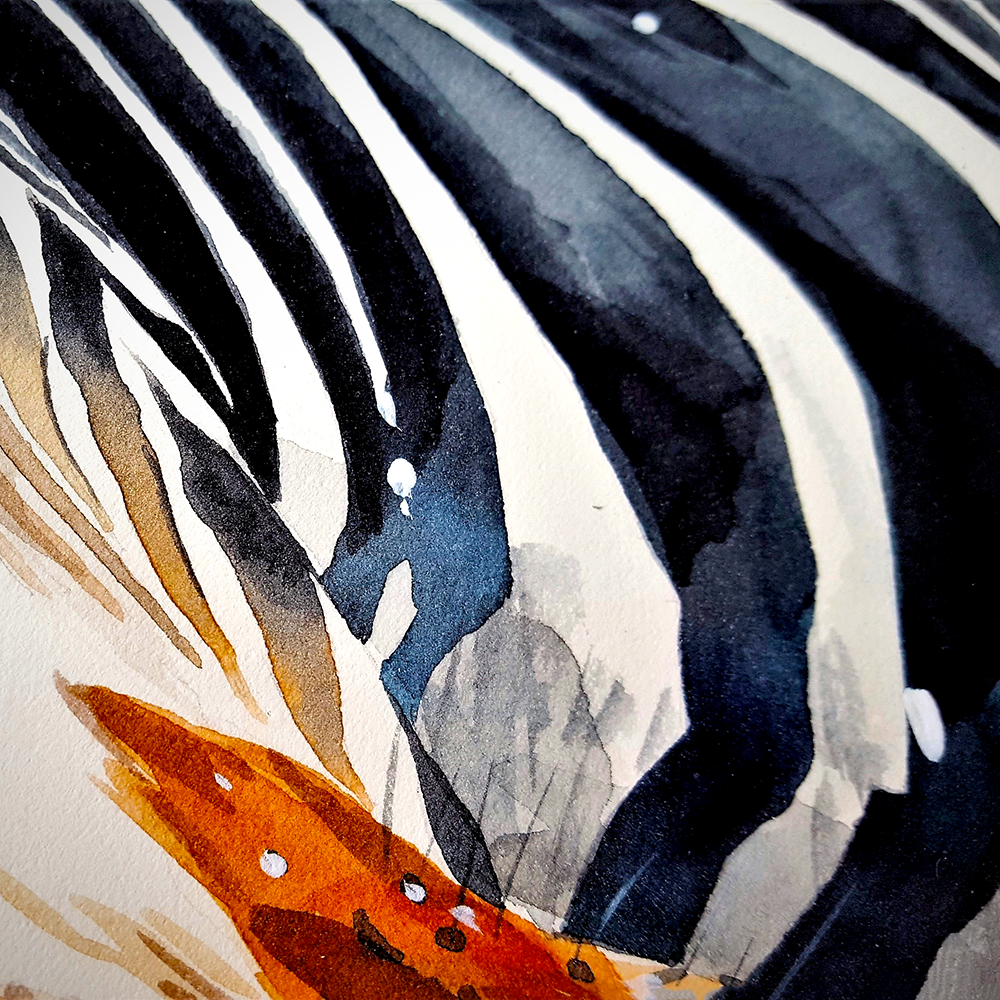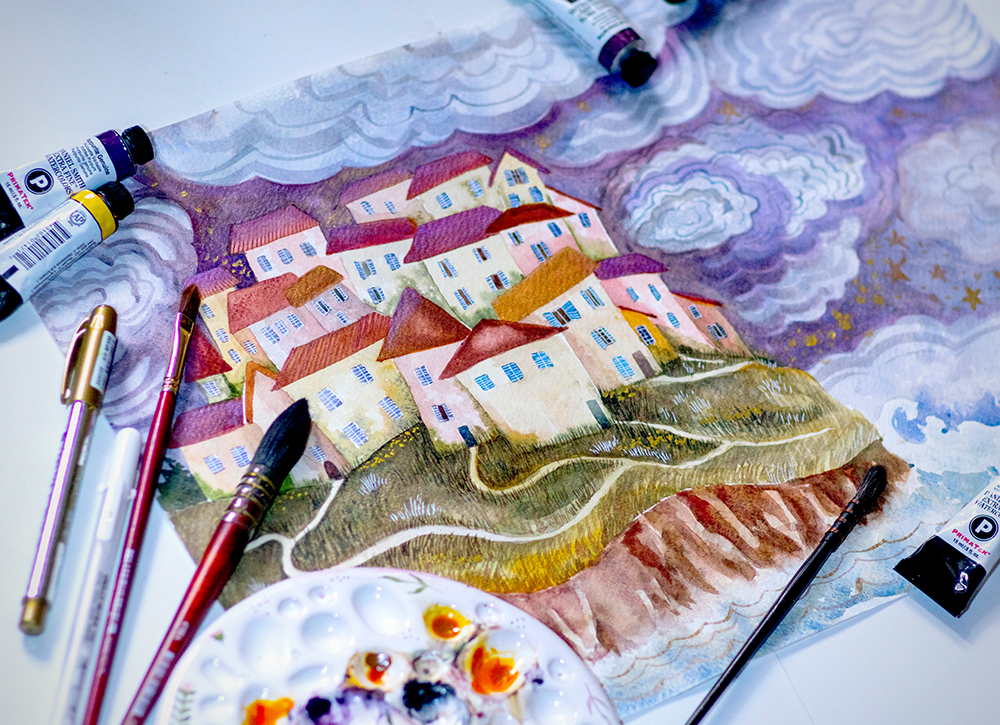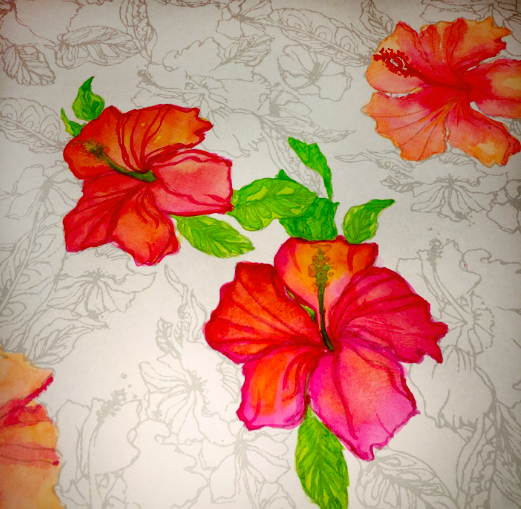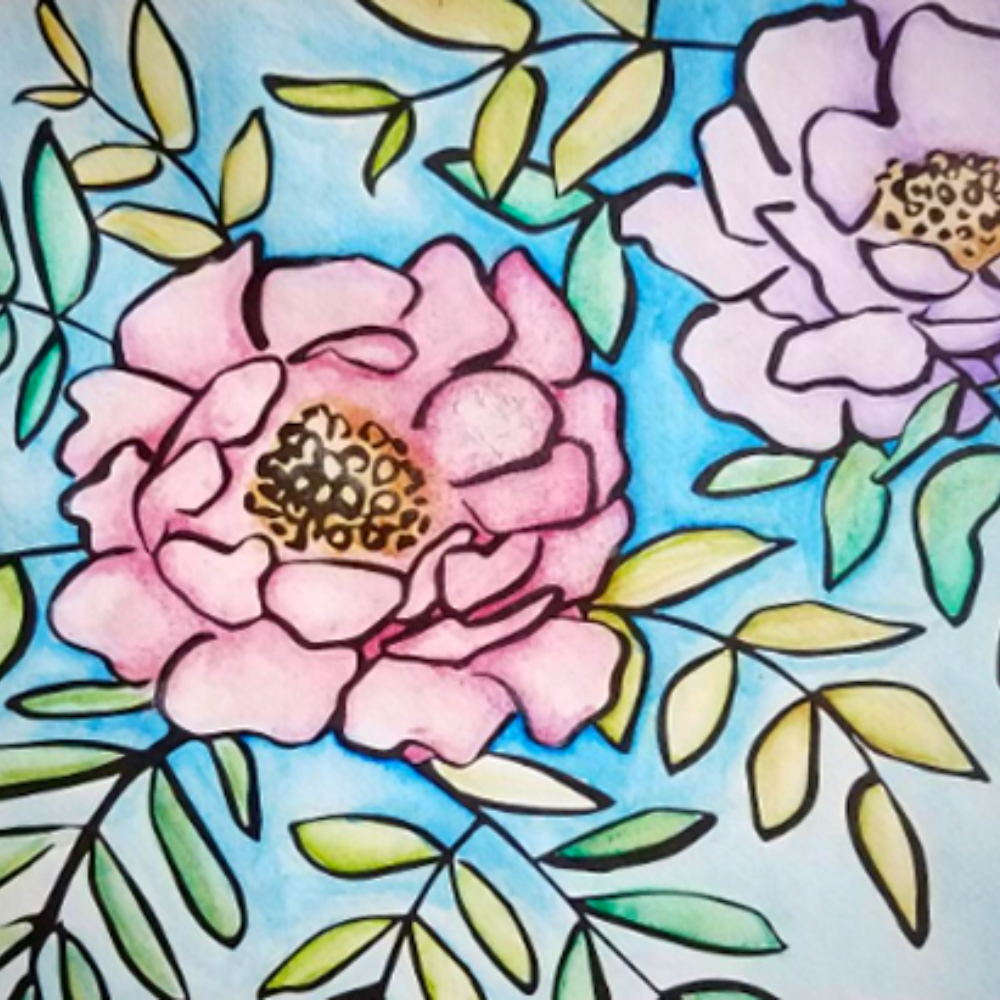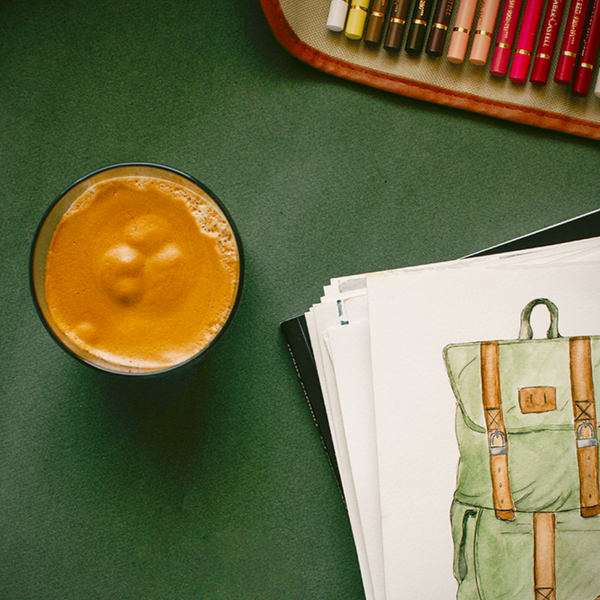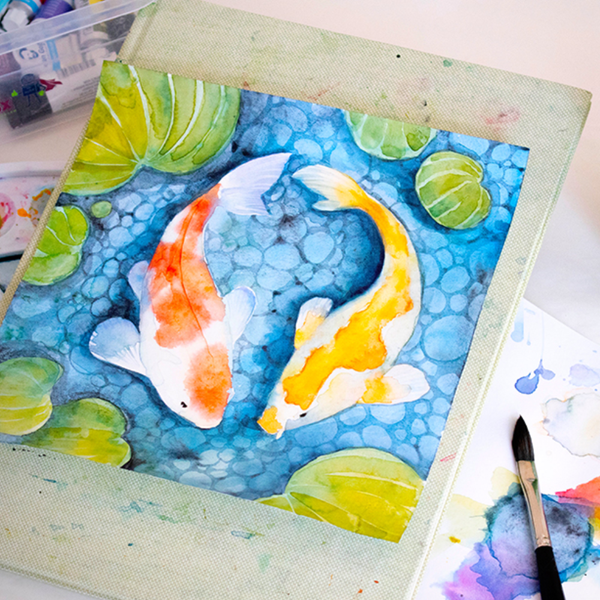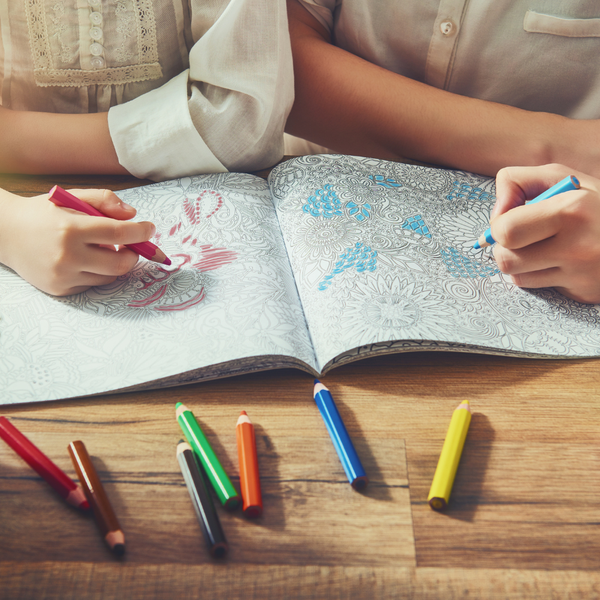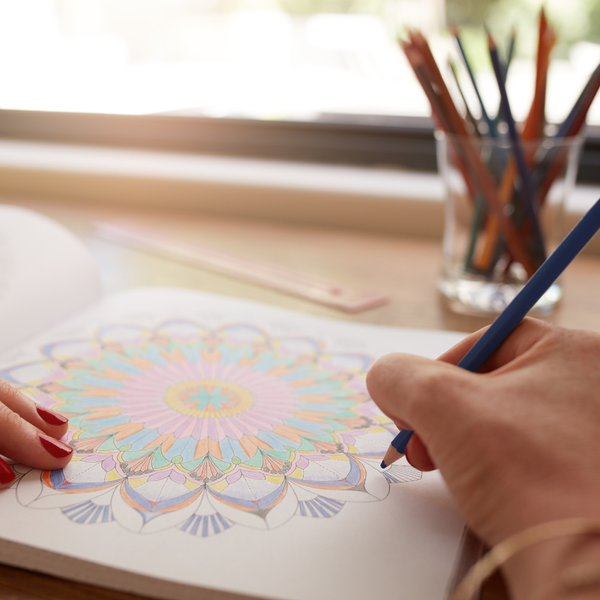Watercolors, with their dreamy and translucent hues, have enchanted artists and admirers alike for centuries.
They possess the unique ability to transform a simple sketch into a masterpiece brimming with life and emotion.
Watercoloring has long been a beloved medium for artists worldwide, known for its fluidity and the ethereal quality it can bring to paintings.
But what happens when the simplicity of coloring books meets the sophisticated charm of watercolors?
What about those who want to combine the ease of coloring books with the beauty of watercolors?
Is it possible to merge these two worlds and create something truly magical?
The answer is a resounding yes but with some considerations and the right approach.
Embark on this colorful journey with us as we explore how to successfully marry the art of watercoloring with the comforting contours of coloring books.
Key Takeaways:
- Watercoloring in coloring books can be a fun and creative endeavor if the right materials and techniques are used.
- Not all coloring books are suitable for watercolor; watercolor paper is essential to prevent bleeding and warping.
- Watercolor pencils offer a unique way to blend the precision of colored pencils with the fluidity of watercolors.

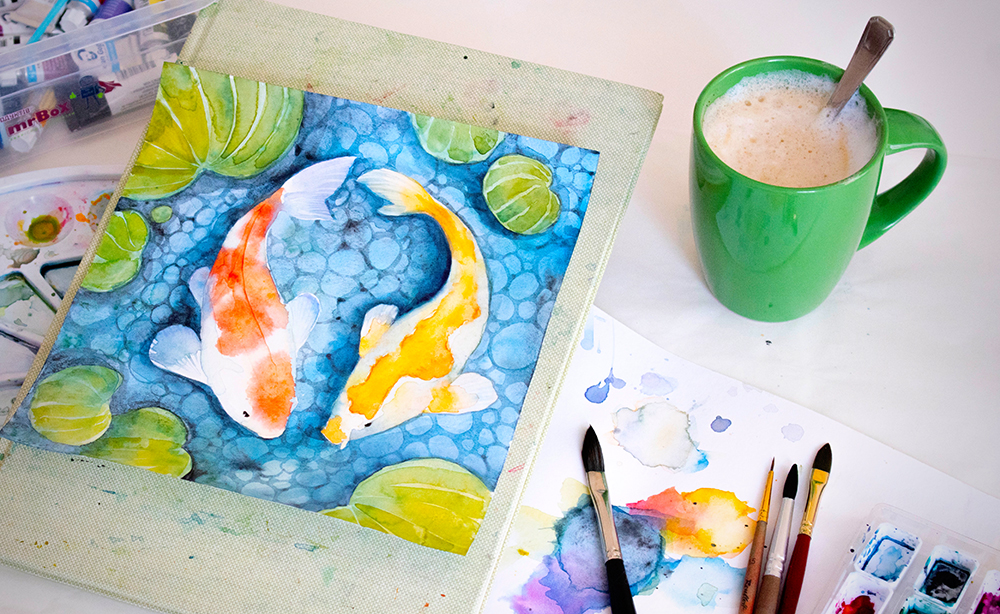
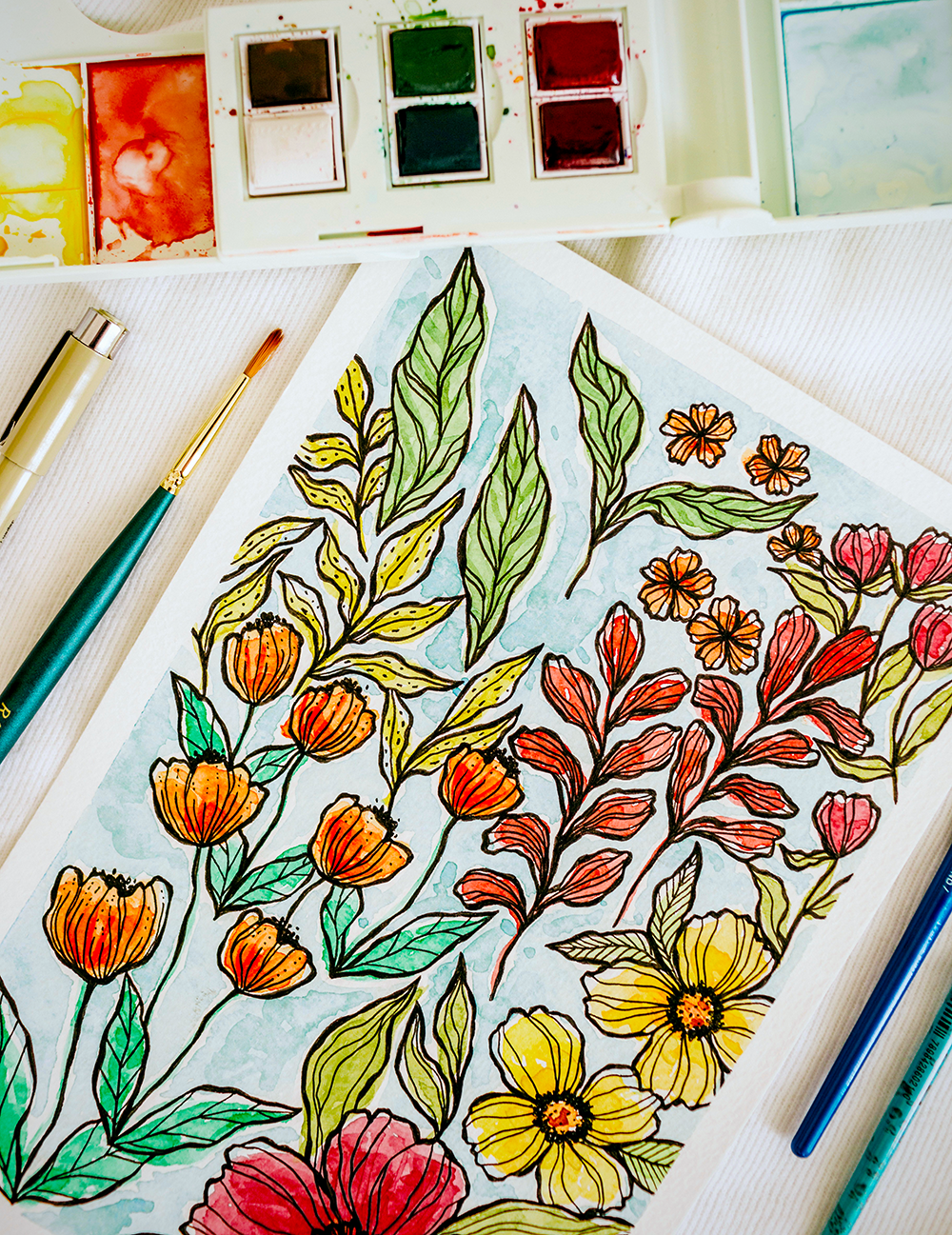
Exploring the Medium: Watercolors and Paper
Watercolors are a unique medium, requiring a surface that can handle the moisture without warping or bleeding.
Traditional coloring books are usually printed on standard paper, which isn't designed to hold wet media.
For successful watercoloring in coloring books, one must seek out books specifically printed on watercolor paper.
This type of paper is thicker and more absorbent, allowing it to withstand the application of water without ruining the illustrations.
Art stores often carry a collection of coloring books designed for watercolor.
These books provide the perfect canvas for those looking to experiment with watercolor techniques on pre-drawn illustrations.
The paper in these books is similar to that found in a watercolor pad, ensuring that the pages don't bleed through and the colors retain their vibrancy.
Right Tools for the Job: Art Supplies
When venturing into the world of watercoloring in coloring books, having the correct art supplies is crucial.
Watercolor pencils are a fantastic option for those who wish to combine the control of colored pencils with the blendable nature of watercolors.
These pencils can be used to color the pages dry and then activated with a wet brush to create a painted effect.
Different brands offer a range of watercolor pencils, each with its own set of characteristics.
It's worth visiting an art store to see the options available and perhaps even get some advice from the staff.
Remember to also pick up a good quality brush that can hold water well without dripping, as too much water can ruin the pages.
Techniques to Try: Blending and Layering
The magic of watercolors lies in their ability to blend and create different colors and effects.
When using watercolor pencils in coloring books, you can apply the dry pencil to the areas you want to color and then use a wet brush to blend the colors together.
This technique allows for a smooth transition between different colors and can bring life to the illustrations.
Layering is another technique that can add depth to your watercolor paintings.
By applying a light wash of color and allowing it to dry before adding another layer, you can build up the intensity and complexity of the colors.
This process requires patience, as rushing can cause the colors to bleed into each other and ruin the definition of the drawings.
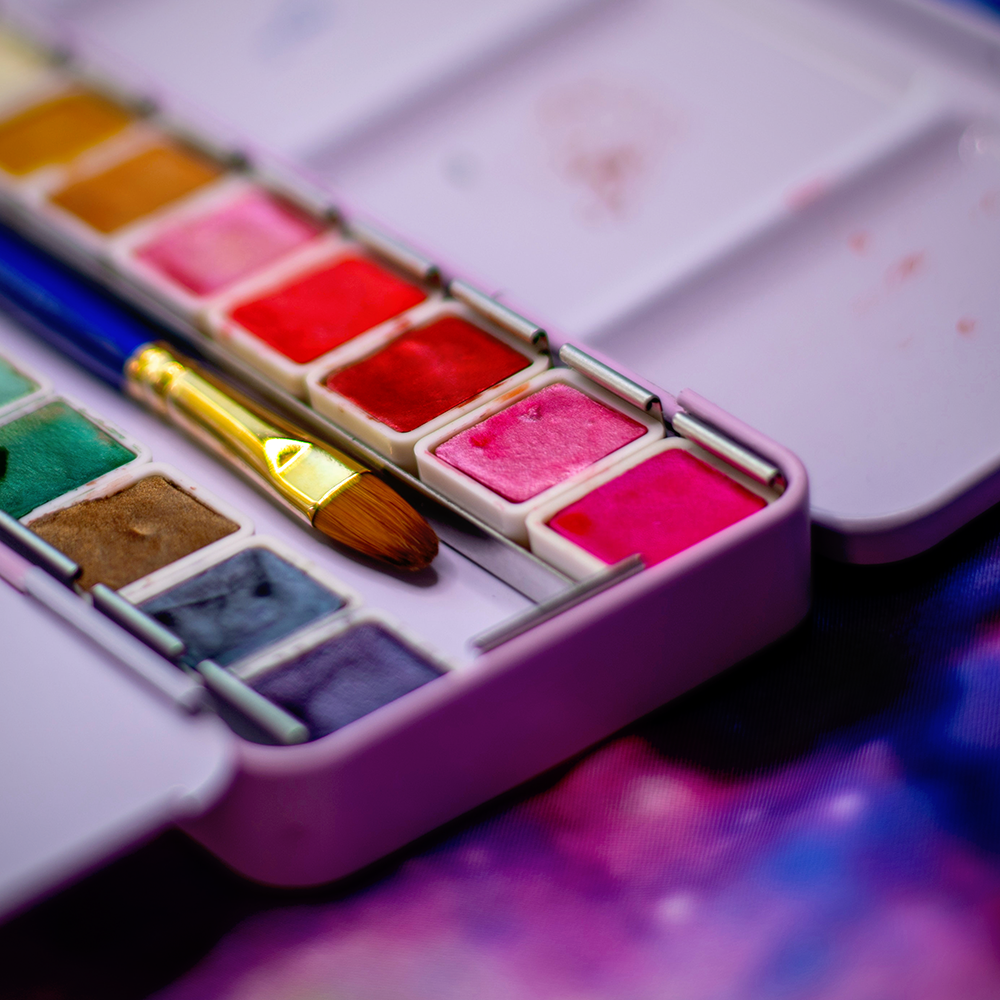
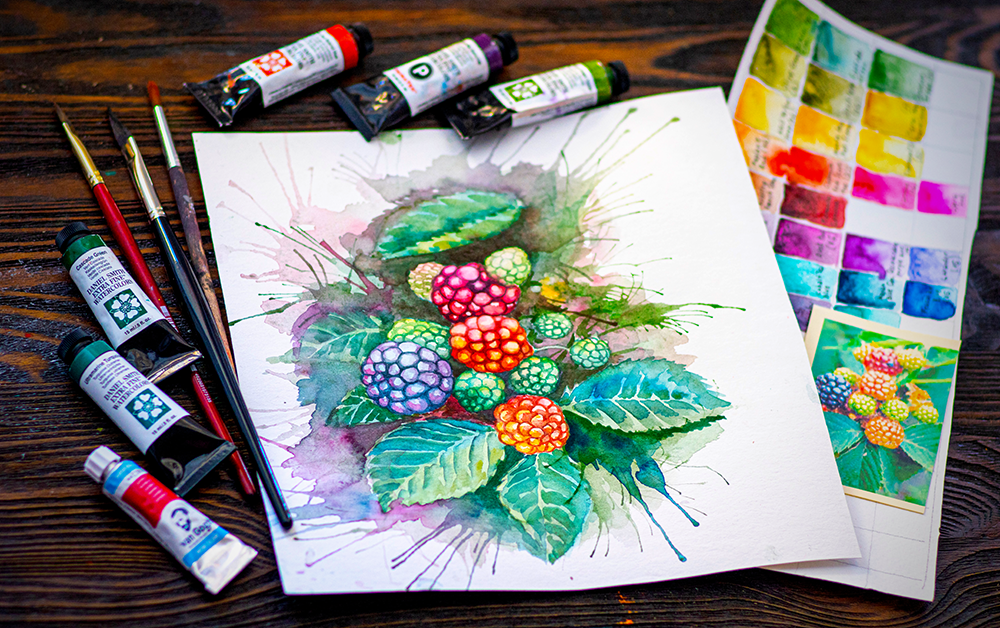

Experimenting with Water: How Much to Use
One of the most common questions when it comes to watercoloring in coloring books is how much water to use.
The key is to start with a damp brush and gradually add more water as needed.
Too much water can cause the paper to warp and the colors to bleed outside the lines, while too little may not activate the watercolor pencils effectively.
It's a good idea to practice on a separate piece of watercolor paper to get a feel for the amount of water that works best for you.
This will help you develop a sense of how the water interacts with the paper and the pigments, allowing you to create beautiful, fluid illustrations without the fear of ruining your coloring book.
Finding the Right Coloring Book
Not all coloring books are created equal, especially when it comes to watercoloring.
Look for books that are labeled as suitable for watercolors or that specify they are printed on watercolor paper.
These books will often have thicker pages and may be bound in a way that allows them to lay flat, making it easier to paint.
If you have a favorite coloring book that's not printed on watercolor paper, you can still enjoy watercoloring by photocopying the pages onto watercolor paper.
This way, you can preserve the original book while still indulging in the fun of watercoloring.
Encouraging Creativity in Adults and Kids
Watercoloring in coloring books isn't just for kids; it's a wonderful way to encourage creativity in adults as well.
The combination of structured illustrations and the freedom of watercolors can be a therapeutic and satisfying experience.
It's a great activity to share with family or friends, or to enjoy as a peaceful solo pastime.
Coloring books designed for watercoloring often feature a variety of subjects, from intricate florals to whimsical scenes, catering to a wide range of interests.
This makes it easy to find a book that resonates with you or the person you're encouraging to pick up the brush.
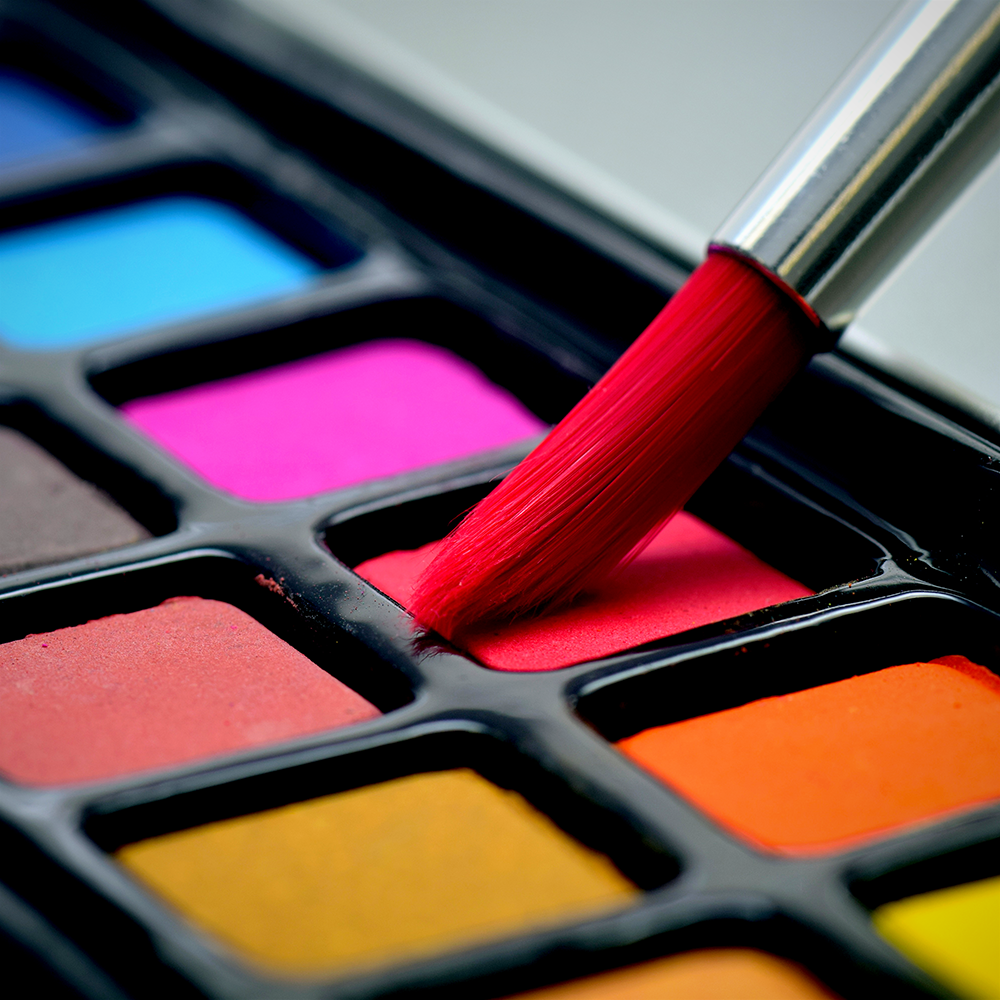


Wonderful Watercolor: A World of Color Awaits
Merging the world of watercolors with the structured charm of coloring books opens up a vibrant spectrum of creative possibilities.
Watercoloring in coloring books is a delightful way to explore the medium of watercolors while enjoying the simplicity of pre-drawn illustrations.
It's an inviting canvas for both beginners and seasoned artists to experiment, learn, and express themselves.
By choosing the right coloring book, equipped with watercolor paper, and using the appropriate art supplies like watercolor pencils, artists of all levels can create stunning, painted pages.
Techniques such as blending and layering, along with careful control of water, can enhance the experience and lead to beautiful results.
Whether you're a seasoned artist or a beginner, watercoloring in coloring books can add a splash of color and joy to your artistic journey.
With the right tools and techniques at your disposal, every page becomes a potential masterpiece, waiting to be brought to life with your unique touch.
So, grab your watercolors and a coloring book that speaks to you, and embark on an artistic adventure that promises to sprinkle a little more color and joy into your life.



Watercolor Coloring Books FAQs
Are you ready to elevate your coloring game and dive into the mesmerizing world of watercolors?
Whether you're a seasoned artist or a curious beginner, watercolor coloring books offer a unique and satisfying way to blend creativity with relaxation.
But, as with any art form, questions arise.
From the suitability of regular coloring books for watercoloring to the magic of watercolor pencils and tips to prevent page warping, we've got you covered.
Let's unravel the mysteries and make your watercoloring journey as smooth and enjoyable as possible with these FAQs.
Can I use regular coloring books for watercoloring?
Regular coloring books are typically not suitable for watercoloring as the paper is not designed to handle wet media. It's best to use coloring books specifically made for watercolors or to photocopy coloring pages onto watercolor paper.
What are watercolor pencils and how do they work?
Watercolor pencils are colored pencils that can be used dry like regular pencils, but when brushed with water, they blend and create effects similar to traditional watercolors. They offer more control and are ideal for detailed work in coloring books.
How can I prevent the pages from warping when watercoloring in a coloring book?
To prevent warping, use a coloring book with watercolor paper and be mindful of how much water you apply. Start with a damp brush and add water sparingly. You can also tape the page to a flat surface to keep it stretched while painting.
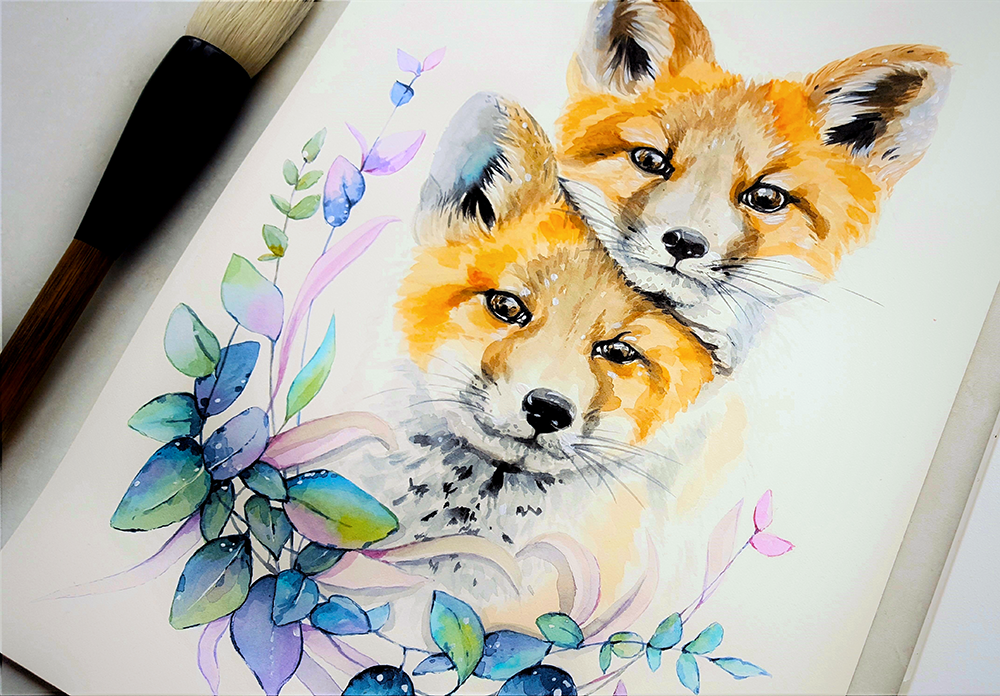

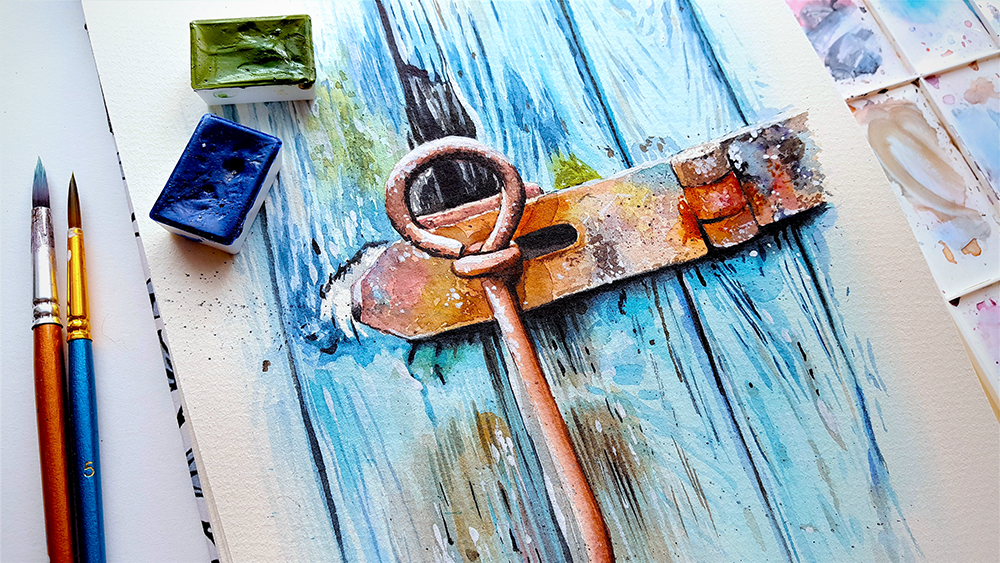
Interested in learning more about using watercolors with coloring books? Check out The Mind of Watercolor's video!
Want even more content about creativity and art?
Be sure to check out all of our creative chronicles!
Love coloring books and watercolor and want to find your next favorite?
Check out some of our other articles:
-Do you wet the paper before watercolor?
-How do I create my own coloring book?
